The victory at Dien Bien Phu battlefield crushed the French colonialists' will to invade, forcing the enemy to sign the Geneva Agreement to end the war, recognizing the independence, unity and territorial integrity of the three Indochinese countries; at the same time, it was the crystallization of the strength of the entire nation in the Ho Chi Minh era, the pride of generations of Vietnamese people and the international community fighting for independence and freedom; it was an important historical event in the development process of humanity.
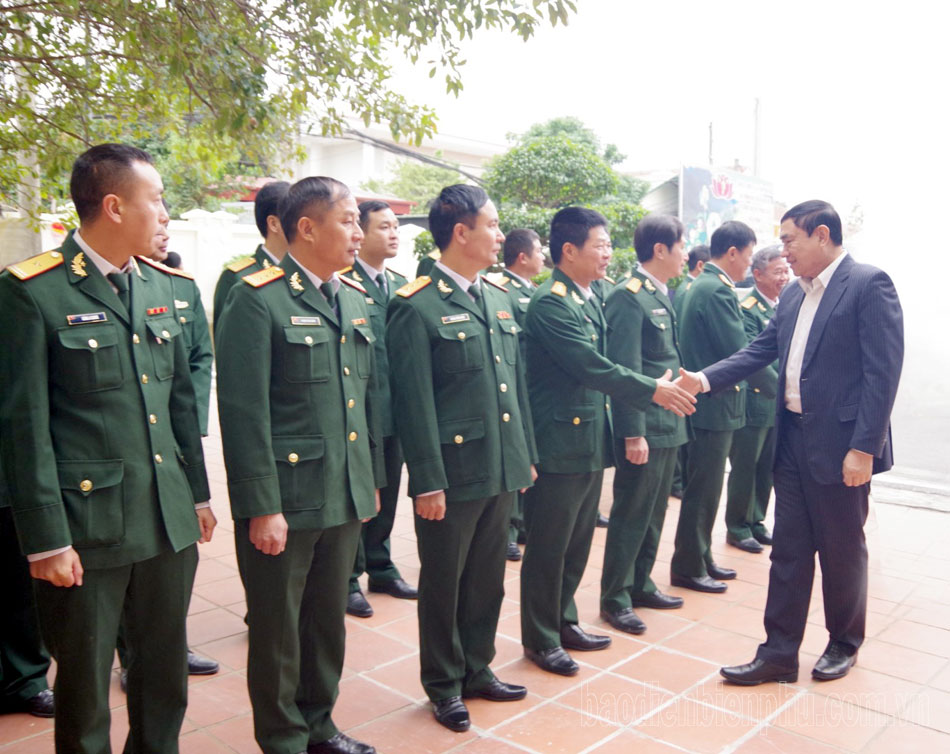
Before the August Revolution in 1945, Lai Chau did not have a leading party organization. During the August General Uprising, only Quynh Nhai district in Lai Chau rose up and gained power. On October 10, 1949, the Lai Chau Party Executive Committee - the first leading body of the Lai Chau Party Committee (now the Lai Chau Provincial Party Committee and the Dien Bien Provincial Party Committee) was established. After years of arduous activities, the Provincial Party Executive Committee has matured in many aspects, from an initial cell with 20 party members, by August 1950 it had developed into 4 cells (Quynh Nhai, Dien Bien, Tuan Giao cells and the Provincial Party Executive Committee Office cell). In August 1951, the Dien Bien District Executive Committee, the Tuan Giao - Chau Lai Inter-District Executive Committee (Tuan - Lai) and the Quynh Nhai - Sinh Ho Inter-District Executive Committee (Quynh - Ho) were established. Revolutionary governments at all levels from provincial to grassroots were established, and grassroots armed and paramilitary forces in communes and villages were organized.
After the victory of the Northwest Campaign in 1952, Quynh Nhai, Tuan Giao, Dien Bien districts, most of Sinh Ho district (current Sin Ho district, Lai Chau province) and part of Chau Lai district (current Muong Lay town) were liberated, forcing the enemy to narrow the area of occupation, most of the highland area was built into a guerrilla zone.
On January 20, 1953, the French parachuted into Muong Thanh field (Dien Bien district), building their strongest military base in Indochina. The enemy used planes to attack and dropped commandos and spies into Quynh Nhai, Tuan Giao, and Thuan Chau districts, using reactionary forces and bandits to sabotage and harass our rear. With the plot to rely on Dien Bien Phu base to shelter the French troops in the Northwest and protect their occupation in Upper Laos, blocking the advance of our troops.
Taking advantage of the difficulties of the people in the newly liberated areas, the enemy used salt, cloth, and silver to entice, propagandize, bribe, and win over the people. In that situation, the Provincial Party Committee proposed the policy of "sticking close to the enemy, developing guerrilla warfare, consolidating bases, fighting against sweeps, protecting the people, and increasing production. In places where bases were broken and the enemy was active, small groups were organized to infiltrate behind the enemy's backs, stick close to the people, build and consolidate bases. Win over the people, eliminate spies and commandos, gain trust among the people, grasp the people, and destroy the enemy's counter-propaganda", build areas, and be ready to coordinate with the attacks of the main force.
In the Winter-Spring of 1953-1954, the Vietnam People's Army, implementing the Party's strategic policy, proactively launched a series of campaigns to attack the enemy in many directions across the Indochina battlefield. The Lai Chau campaign was chosen as the opening campaign in the Northwest offensive direction and in the Winter-Spring of 1953-1954. The Politburo decided to implement the plan to destroy the enemy in Lai Chau and chose Dien Bien Phu as the strategic decisive point to destroy the Nava plan of the French colonialists. The Party Central Committee and the Northwest Region Party Committee directed the Lai Chau Party Committee to lead the army and people to coordinate with the main force to fight the enemy, suppress bandits to clean up the area, and mobilize the people to mobilize human and material resources to serve the front line, playing the role of the local rear for the front.
The Lai Chau Campaign - the first attack in the 1953 - 1954 Winter-Spring campaign was victorious. On December 12, 1953, Lai Chau town (now Muong Lay town) was liberated, followed by Chau Lai, Muong Te and Sinh Ho districts. President Ho Chi Minh sent a letter to the people and cadres of Lai Chau (now Dien Bien and Lai Chau provinces) praising, commending and encouraging the army and people of all ethnic groups in the whole province; at the same time, he advised them to uphold the spirit of solidarity, friendship, help the army to destroy bandits, eliminate traitors, maintain order, strive to increase production, and be completely loyal to the Fatherland and the Government... His letter of commendation created great spiritual strength, the people became more and more confident and excited, soon stabilized their lives, organized production and participated in the resistance war. People and guerrilla teams from the highland bases, close to the enemy, sent people to pick up, welcome, and guide the main force to block and attack, and hunt down enemy remnants; and to welcome cadres from the Northwest region to take over. People from the areas around the town, especially the liberated areas, enthusiastically contributed food and provisions, and participated in labor to serve the resistance. In the Ta Sin Thanh area alone, from December 16 to 30, 1953, 13 tons of rice, 80 pigs, 29 buffaloes, and 1 ton of green vegetables were provided to the troops, helping them "eat well and win". These contributions increased both material and spiritual strength, creating conditions for the campaign to end victoriously soon.
When the Politburo decided to launch the Dien Bien Phu campaign, Lai Chau was assigned by the Central Committee and the Northwest Region Party Committee to participate in preparing logistics for the campaign. The provincial Party Committee led and mobilized the people of all ethnic groups to concentrate and make the greatest efforts to join the whole country in implementing the determination of the Central Party Committee and the Government, focusing on serving the frontline, building and consolidating the newly liberated areas and increasing production to fight hunger.
Implementing the directive “prepare the battlefield” of the Northwest Region Command, the province established the Battlefield Preparation Committee of the province and districts. The task of the Battlefield Preparation Committee was to go deep into the enemy’s rear area, mobilizing people to contribute manpower and resources to the Dien Bien Phu campaign. In February 1954, the Provincial Party Committee instructed the districts to promote savings, increase production to fight hunger and contribute to the campaign; carry out agricultural tax work in the districts, solve the hunger problem among the people and contribute food and provisions to the campaign.
The Party Executive Committee and the Provincial Resistance Administrative Committee moved their offices to Tham Pua Cave, Bung Lao Commune, Tuan Giao District (now Chieng Sinh Commune, Tuan Giao District) near the Command and Party Committee of the Dien Bien Phu Front, promptly grasping the requirements for serving the campaign and directing the districts. The Provincial Party Executive Committee proposed a program and plan to consolidate and build the newly liberated areas, focusing on serving the Dien Bien Phu campaign; assigned members to key districts and communes to direct the movement, and mobilized a number of cadres from specialized sectors to help grassroots cadres organize and mobilize human and material resources to serve the Dien Bien Phu campaign.
Units in the province did not hesitate to face difficulties, both participating in serving the battlefield and fighting and preventing the enemy's sabotage activities; ensuring the safety of the marches, garrisoning, and transportation of soldiers and laborers; protecting warehouses, weapons, food, and provisions; protecting traffic on the main transportation routes to Dien Bien Phu. Everywhere in the province, from lowland to highland, from free zones to newly liberated zones, both Thai and Mong people and Ha Nhi, Mang U, Kho Mu people... everyone, every household competed to participate in serving the campaign. The provincial food sector coordinated with the army to mobilize the people to temporarily lend the Government rice, food, and build food warehouses to supply to soldiers and laborers. The health sector organized treatment stations to serve the frontline workers, taking on the task of transporting the wounded on the third line... Women of all ethnic groups, who were used to spinning, weaving, and doing housework, now followed the call of the Party and eagerly went to the front, working with men to build roads, carry rice, transport the wounded... Many people brought their own horses and rafts to transport weapons and food to serve the battlefield for 1 to 2 months...
The Party Committee of Dien Bien district, where the fierce battle took place, divided the district into two areas: the outer area (ie the liberated area) with the task of consolidating and protecting the base, preparing manpower, material resources, warehouses, means and being ready to mobilize food and provisions for the campaign; the area temporarily occupied by the enemy, including 6 Thai ethnic communes in Muong Thanh field. The Party Committee members of the district were in charge of each area to grasp the people, grasp the enemy situation, build bases, direct local troops and guerrillas to organize ambushes, intercept enemy sweeps and reconnaissance operations and act as guides for the main force to operate.
Tuan Giao District has a particularly important position with the vital traffic system transporting weapons and food to the front line. The district was assigned the task of receiving groups of laborers from Pa Nam Cum, Sinh Ho, Muong Lay, Muong Te. Using rudimentary means, Tuan Giao laborers received and carried food and provisions to designated locations. Comrade Tran Dang Ninh - Head of the General Department of Supply (now the General Department of Logistics of the Ministry of National Defense) affirmed: "A kilo of rice, a kilo of meat, a kilo of vegetables in Tuan Giao is many times more valuable than those transported from the rear"...
During the Dien Bien Phu campaign, under the leadership of the Provincial Party Committee, the ethnic people contributed 2,666 tons of rice (exceeding the assigned amount by 64 tons); 226 tons of meat (exceeding the assigned amount by 43 tons); 210 tons of vegetables; mobilized 16,972 laborers (equivalent to 568,139 working days); 348 pack horses, 62 boats, hundreds of rafts, and contributed 25,070 trees to prevent mud and build roads for artillery and troops to march. The people in the temporarily occupied areas, when being forced into concentrated areas by the French army, cleverly chased buffaloes, cows, pigs, and chickens into the forest, determined not to let them fall into the enemy's hands. Although the "human and material warehouse" of Muong Thanh field was temporarily occupied by the enemy, during the entire campaign, the ethnic people of Dien Bien district contributed 555 tons of rice (the province assigned 450 tons); 36 tons of meat (the province assigned 18 tons); 104 tons of green vegetables (the province assigned 60 tons), the number of mobilized laborers was 3,600 people (including 64,670 working days). The contributions of the province's ethnic people to the whole country to make the Dien Bien Phu Victory were recognized by the Party and the Government and awarded noble prizes. The whole province had 700 outstanding individuals, 9 typical communes, 38 exemplary villages awarded certificates of merit by the Central, the Northwest Regional Party Committee and the province for their work serving the campaign.
The contributions of the people of Lai Chau (now Dien Bien and Lai Chau provinces) in the Dien Bien Phu Campaign were an outstanding effort in the context of the people's living conditions being extremely difficult and lacking. The people were willing to give up food and provisions to the soldiers, upholding the spirit of "the whole country going to war", directly contributing to the glorious victory of the nation.
Proud and appreciating the achievements, promoting the "determination to fight, determination to win" spirit of Dien Bien Phu soldiers, continuing to promote the heroic tradition of Dien Bien Phu, the Dien Bien Provincial Party Committee focuses on leading, directing, mobilizing the participation of the entire political system, improving the leadership capacity and fighting strength of the Party Committee, building a clean and strong Party and political system; promoting the strength of ethnic solidarity; promoting comprehensive innovation, creating breakthroughs in socio-economic development, focusing on mobilizing resources to build synchronous infrastructure and urban areas in a modern direction; effectively exploiting resources, protecting the environment; preserving and promoting the values and cultural identities of ethnic groups and the special national historical relic of Dien Bien Phu Battlefield to develop tourism into a spearhead economic sector. Promoting the construction of new rural areas, sustainable poverty reduction, improving the material and spiritual life of the people; maintaining political stability, ensuring national defense and security. Determined to build Dien Bien into a province with rapid and sustainable development. Worthy of the trust and expectations of the people of the whole country who always look towards heroic Dien Bien Phu.
Source


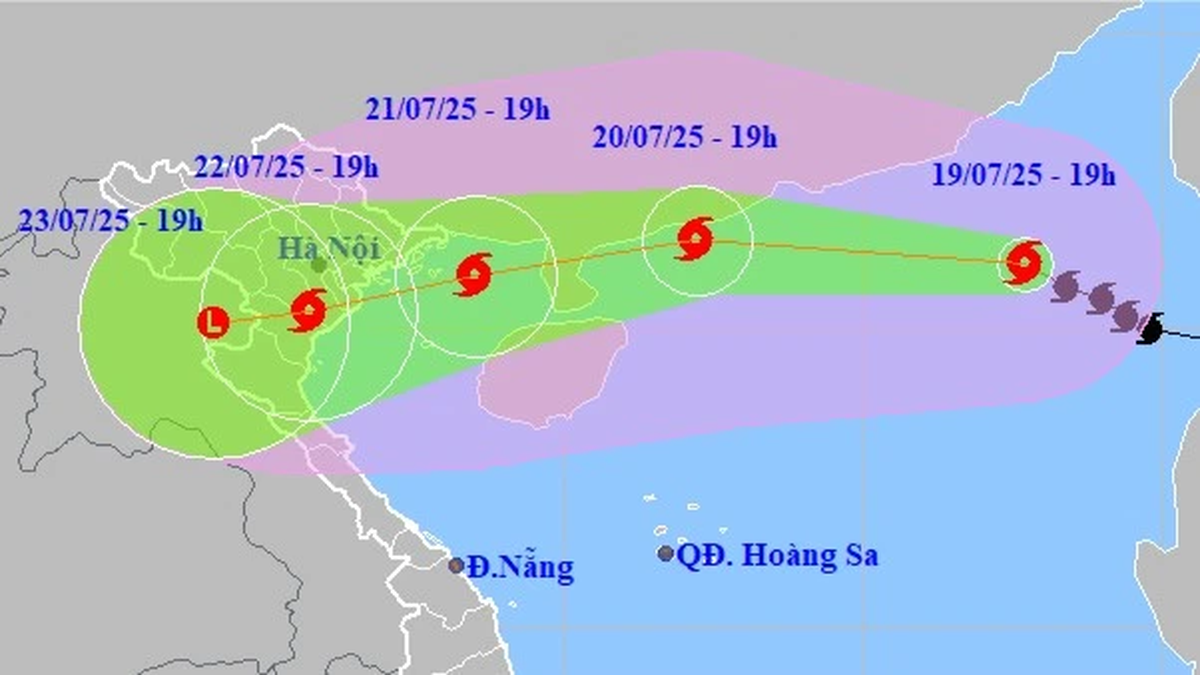
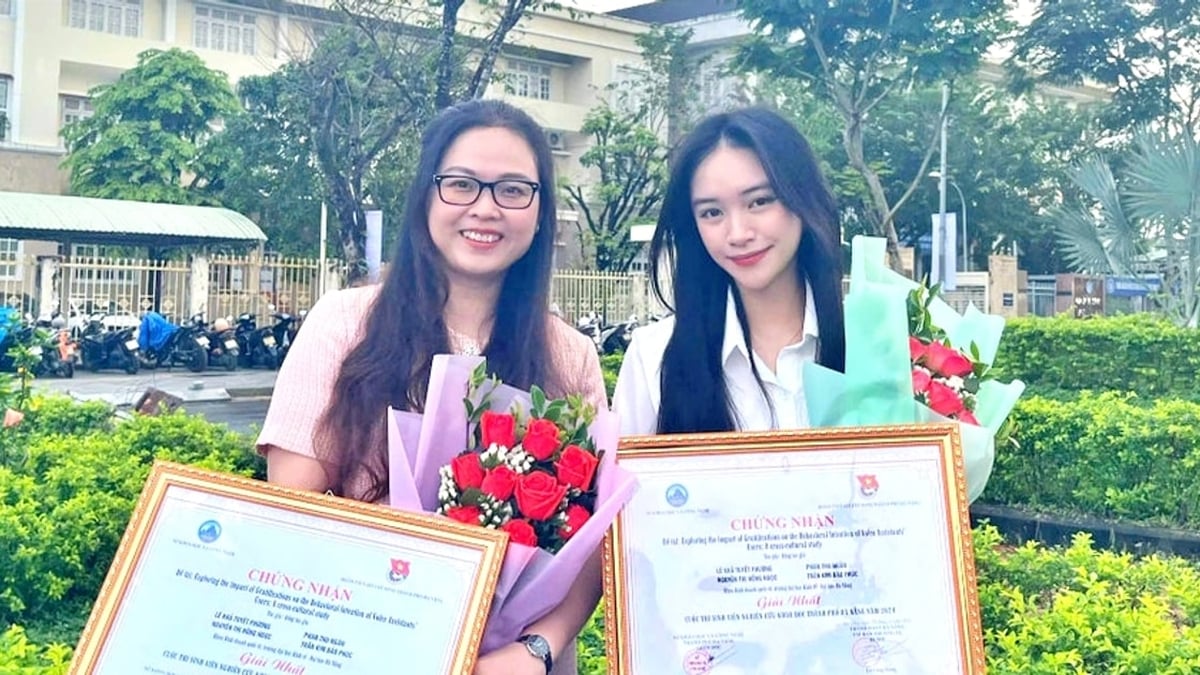
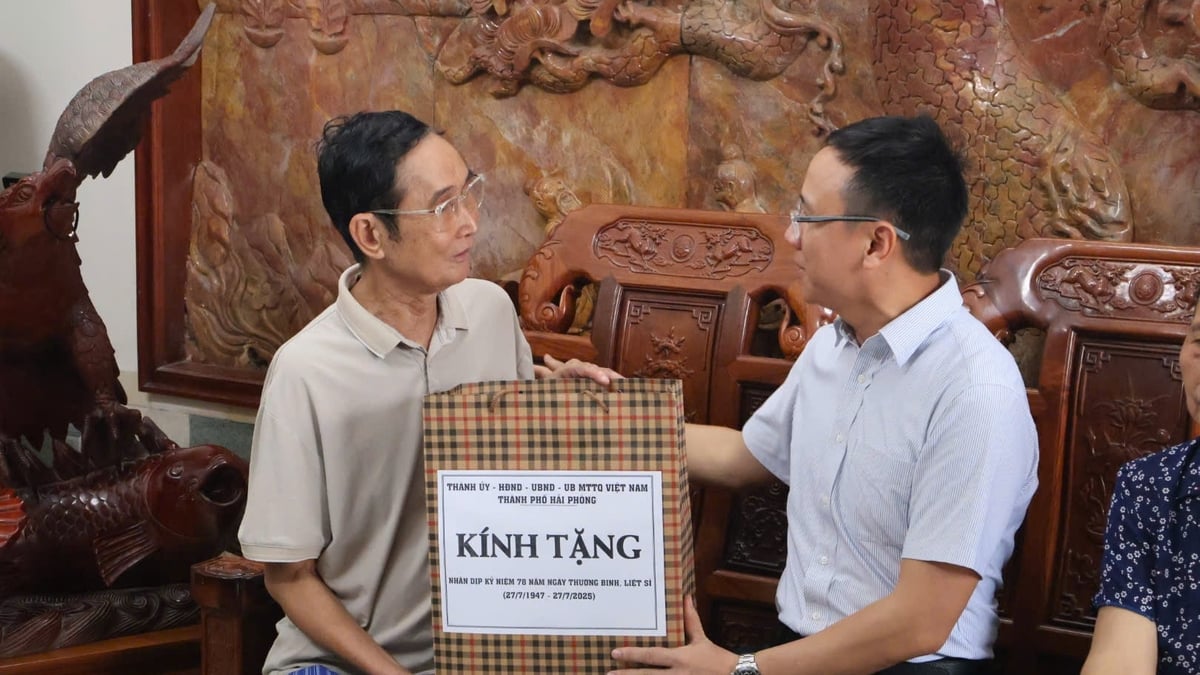
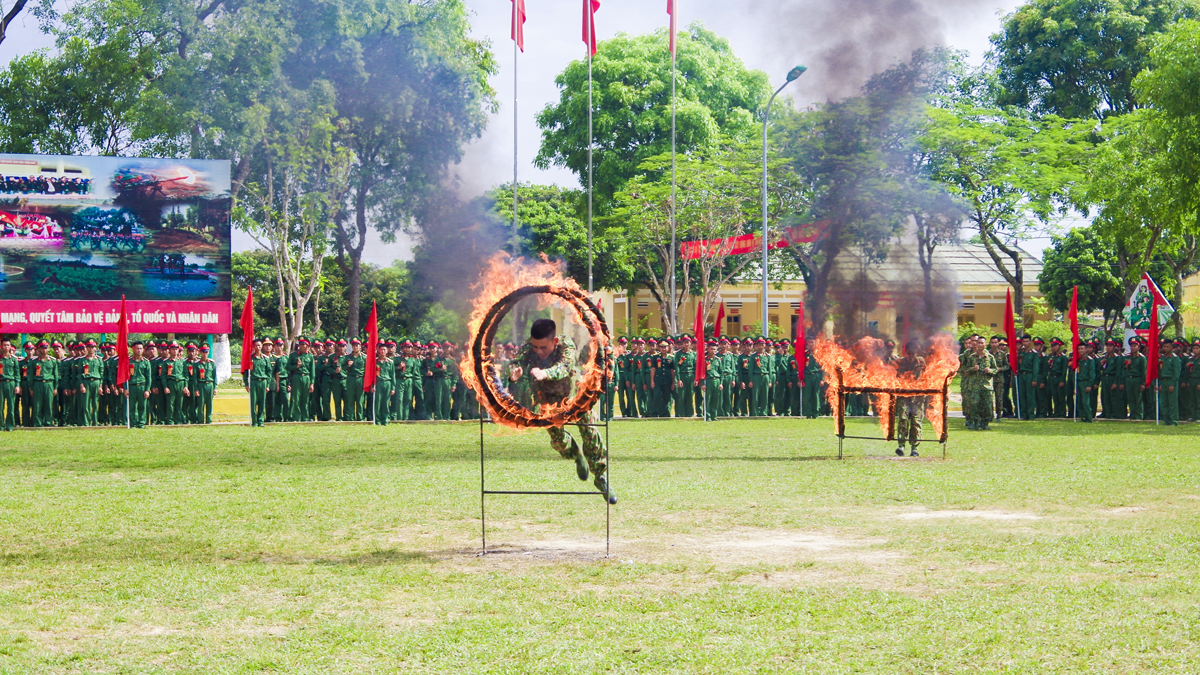
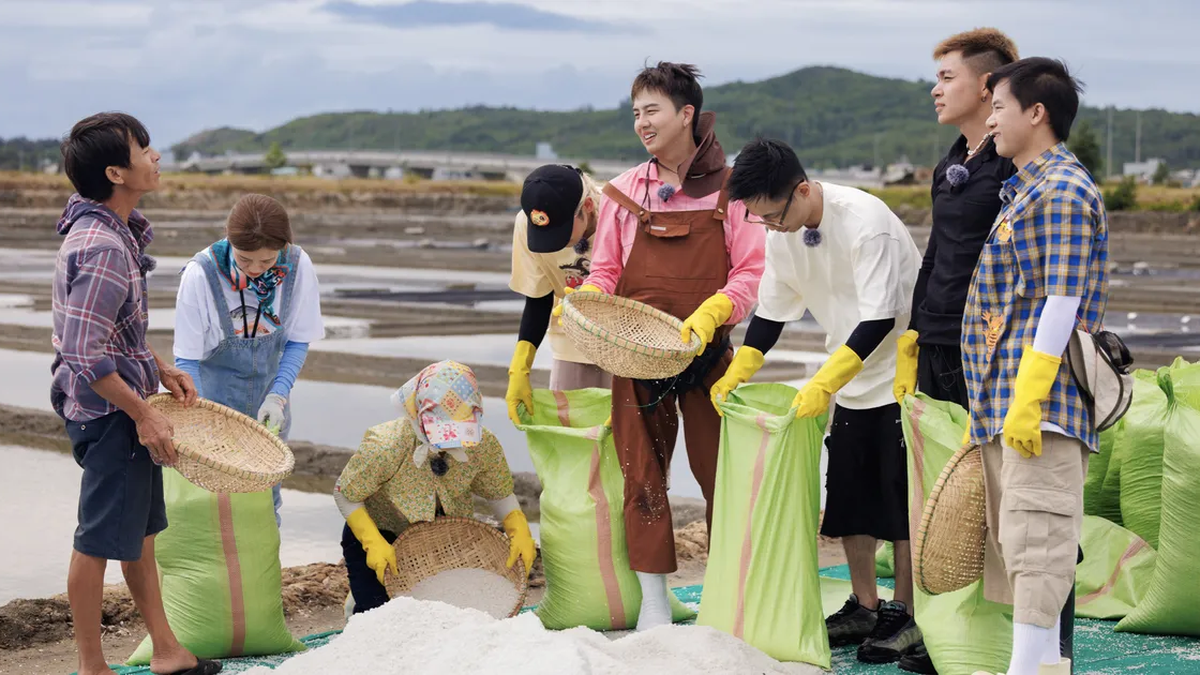
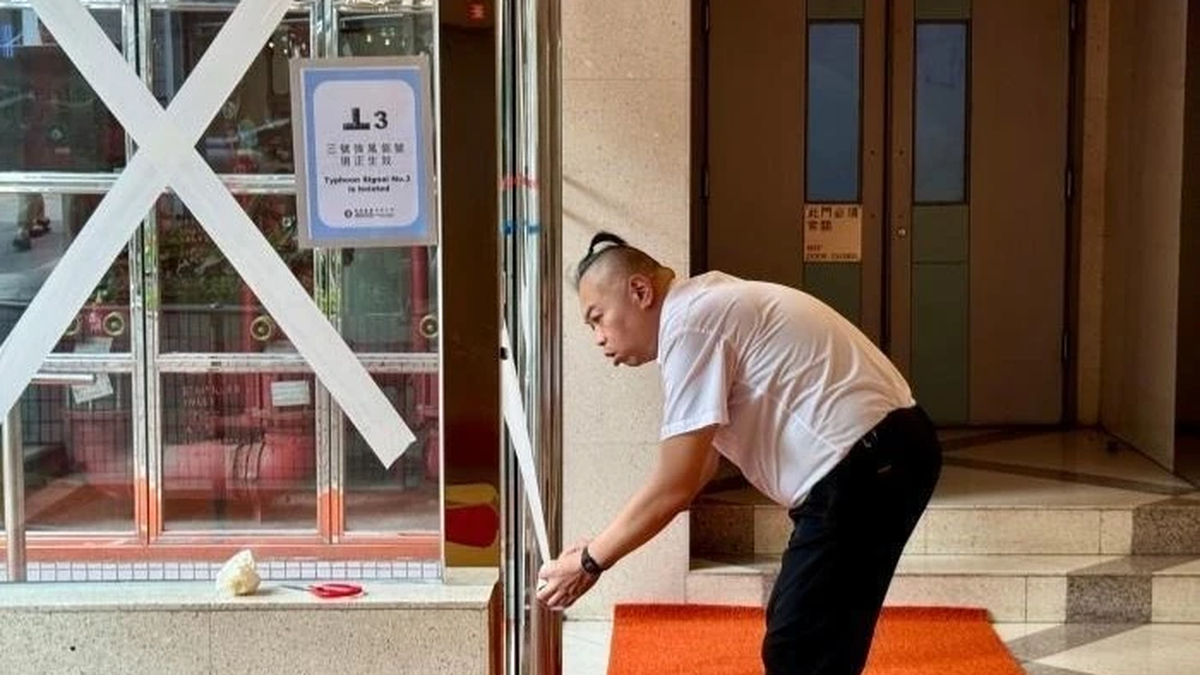
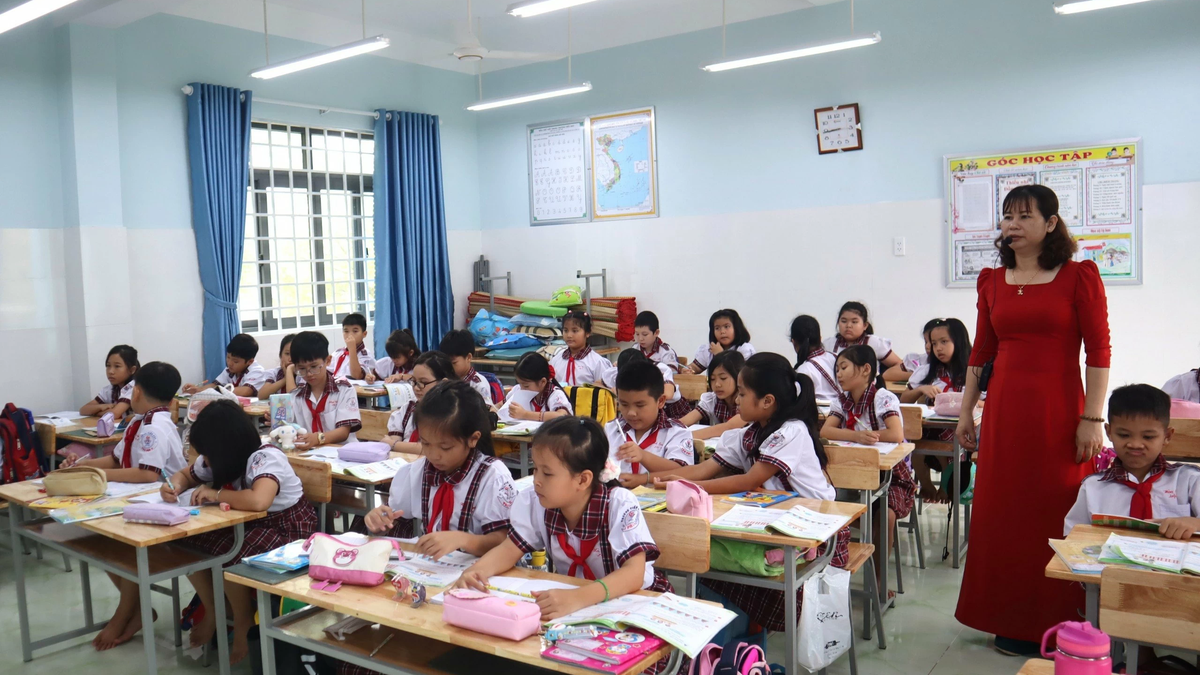
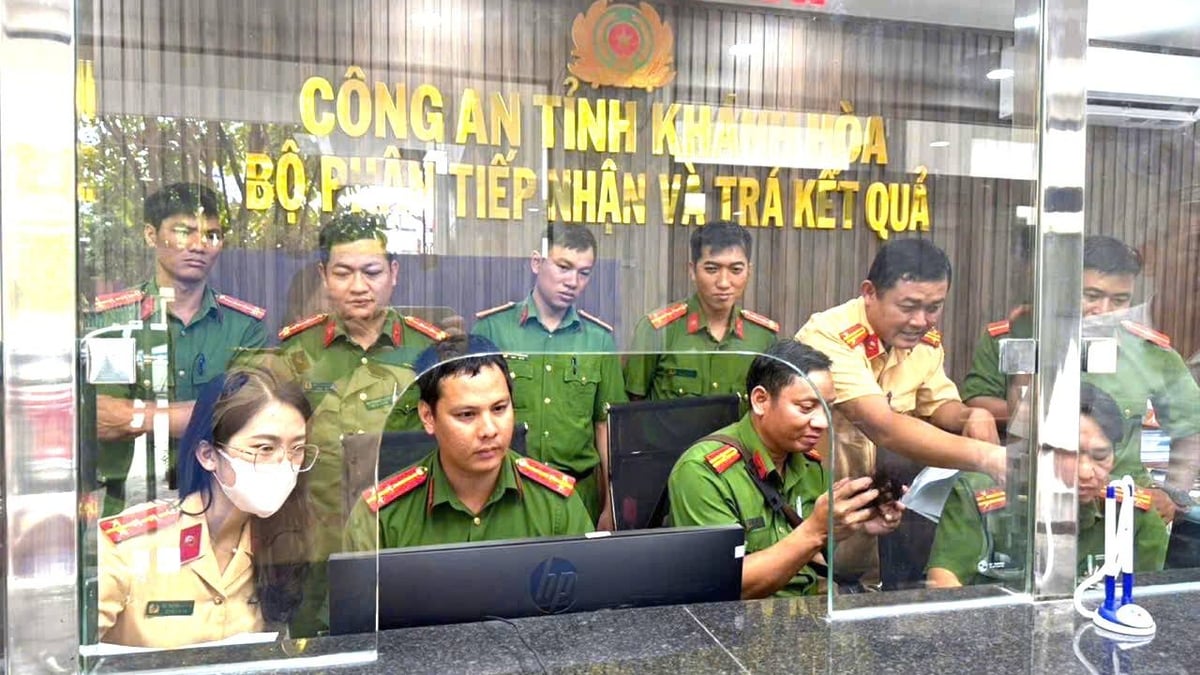
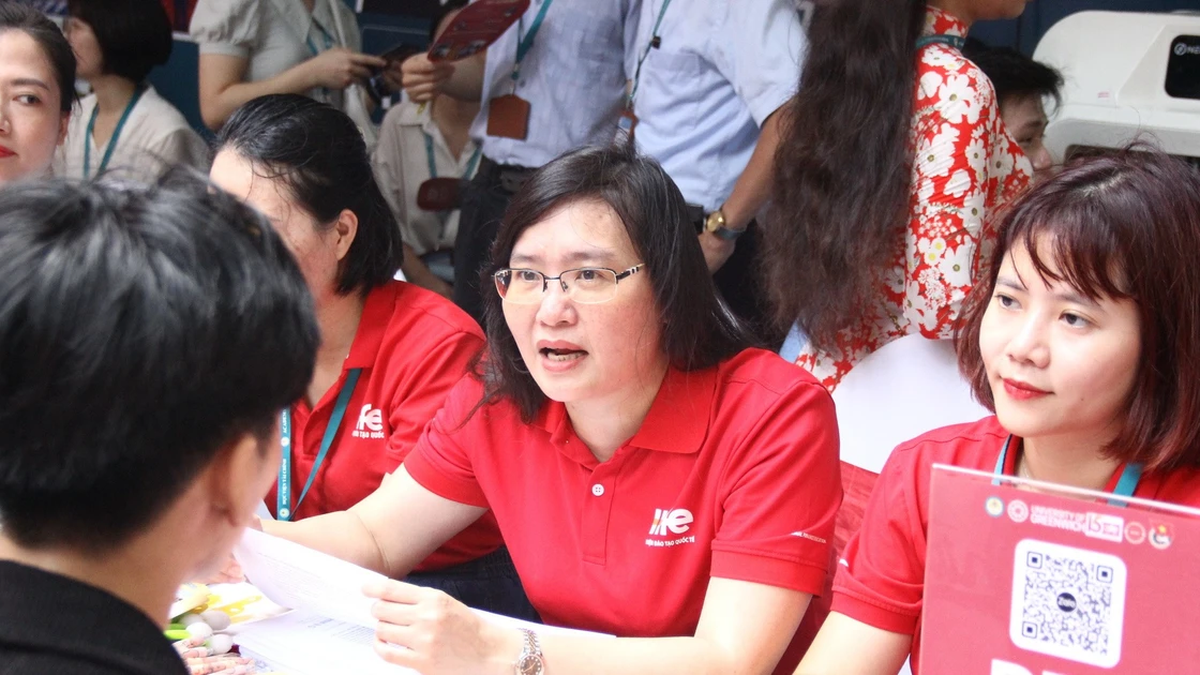
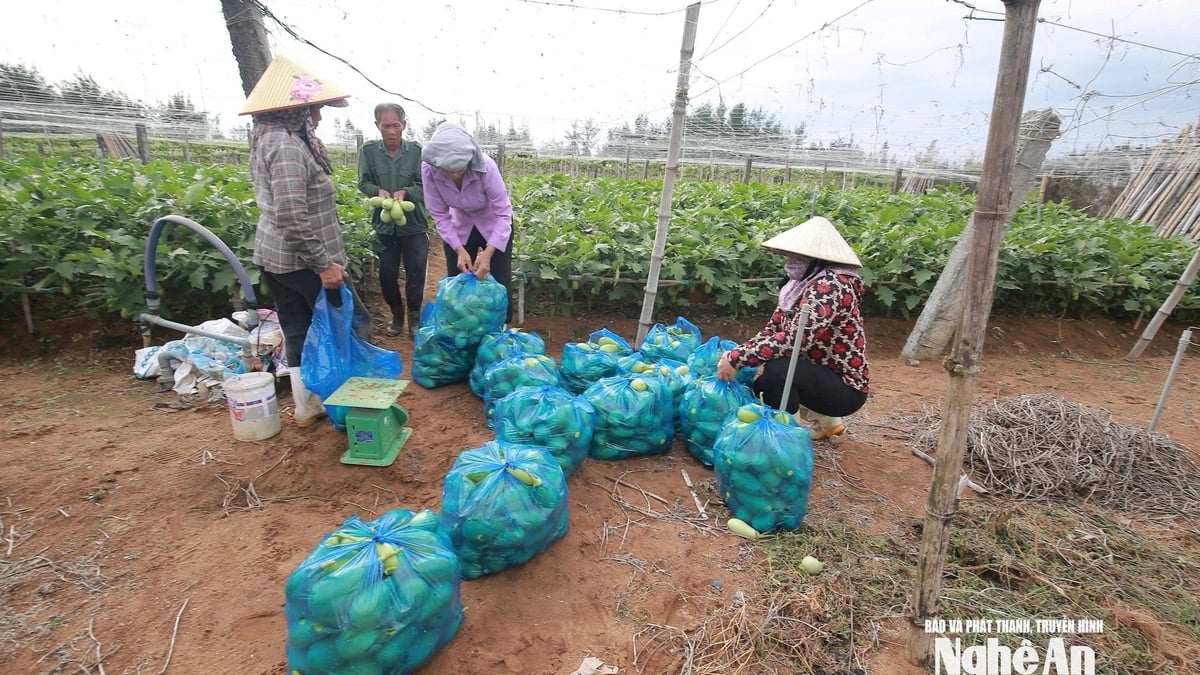


















![[Photo] National Assembly Chairman Tran Thanh Man visits Vietnamese Heroic Mother Ta Thi Tran](https://vphoto.vietnam.vn/thumb/1200x675/vietnam/resource/IMAGE/2025/7/20/765c0bd057dd44ad83ab89fe0255b783)





























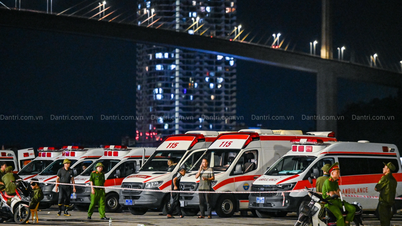
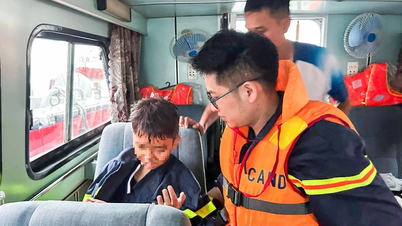

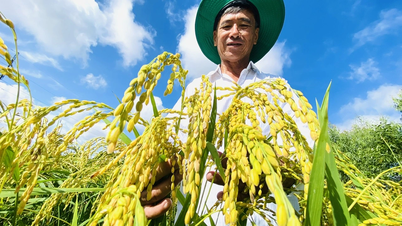
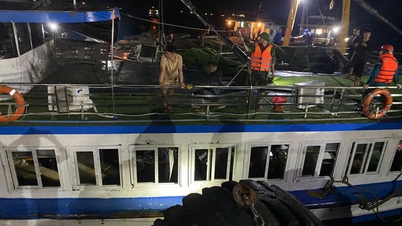
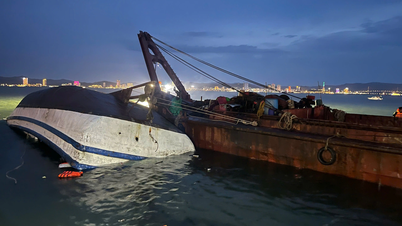

































Comment (0)